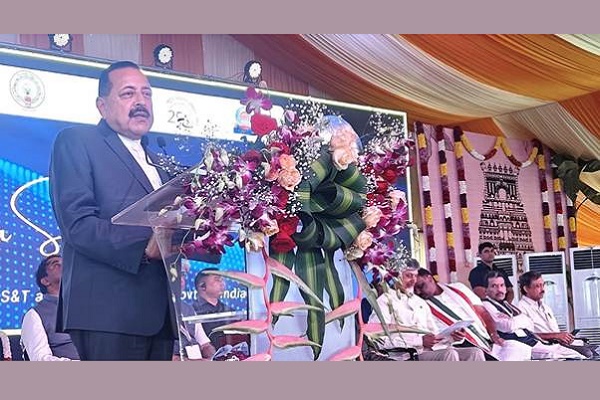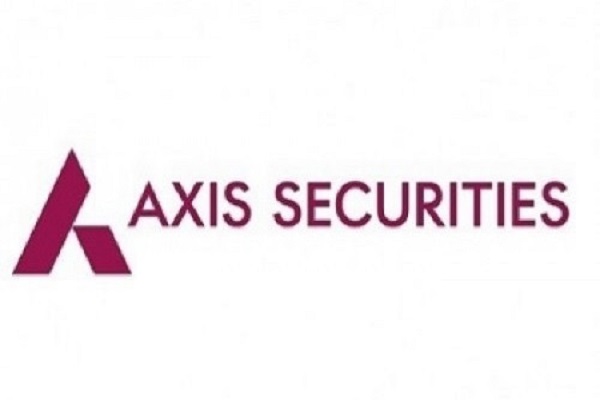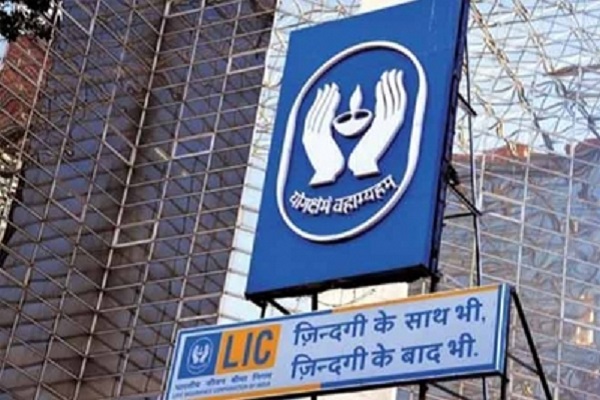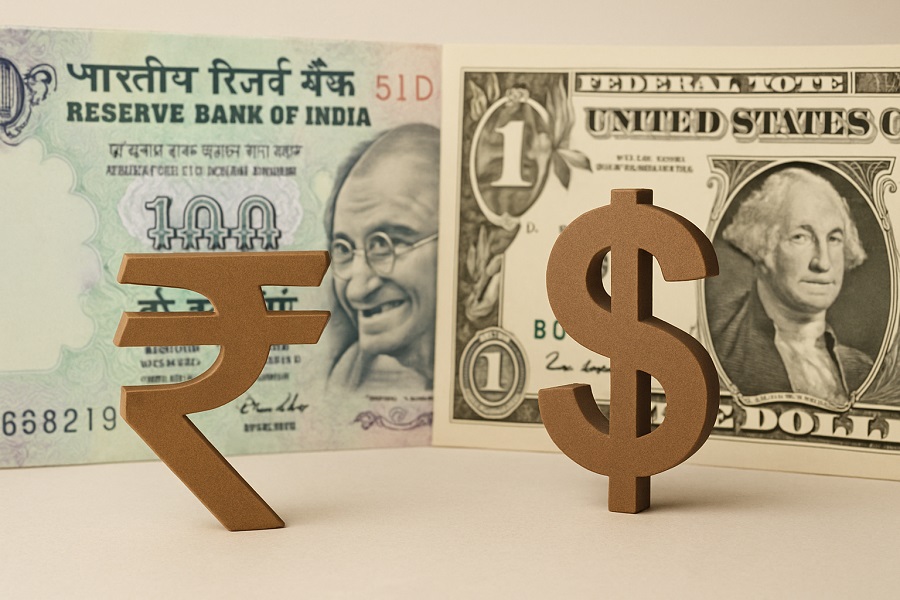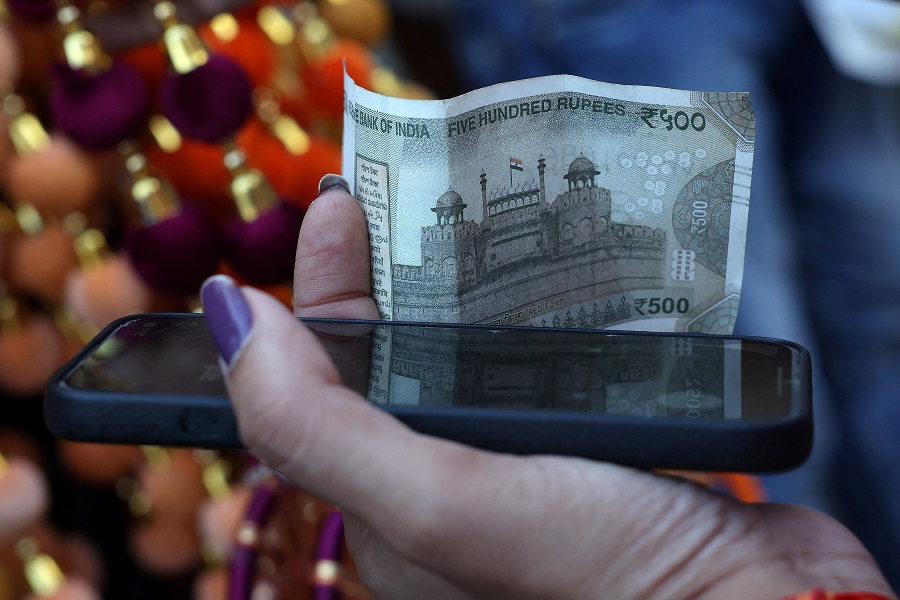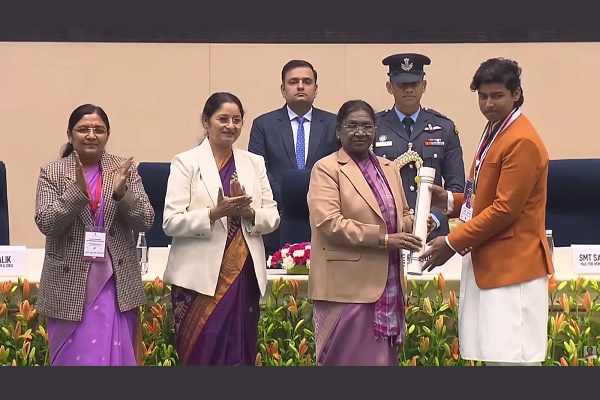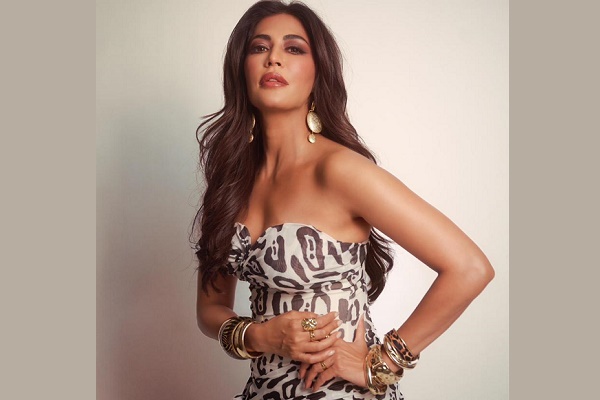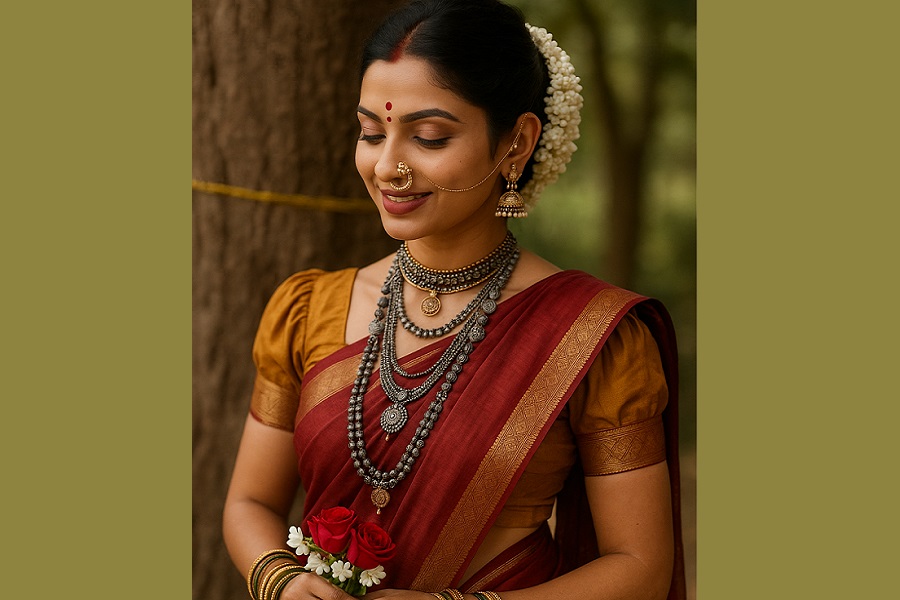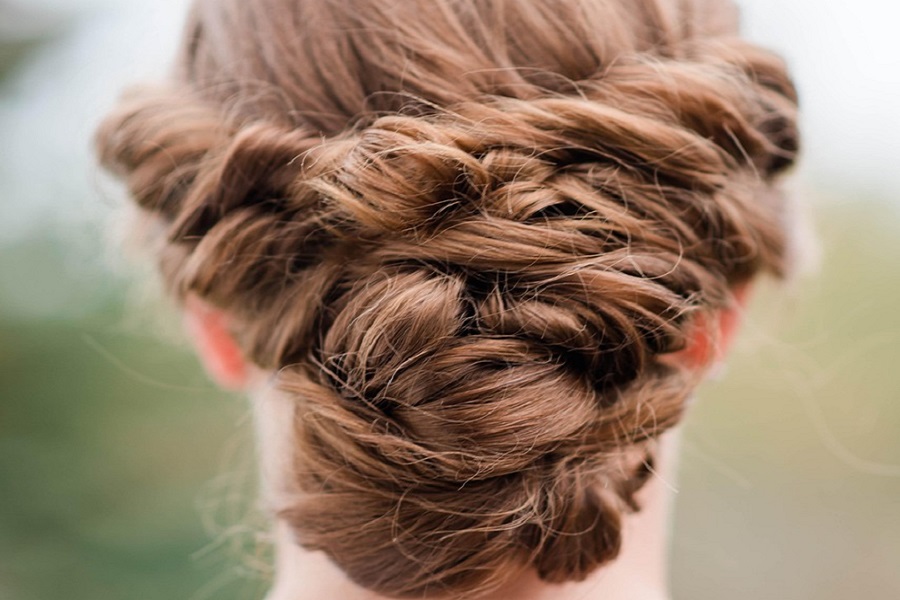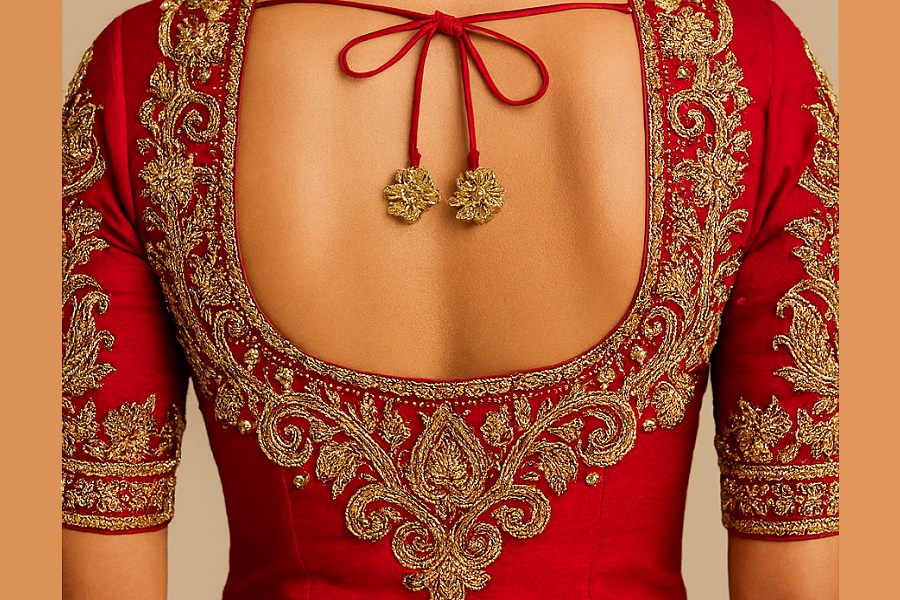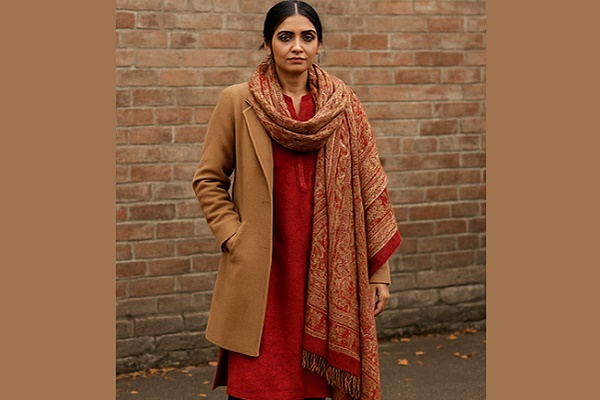Elegance Redefined: A Comprehensive Look at Edwardian Women`s Fashion
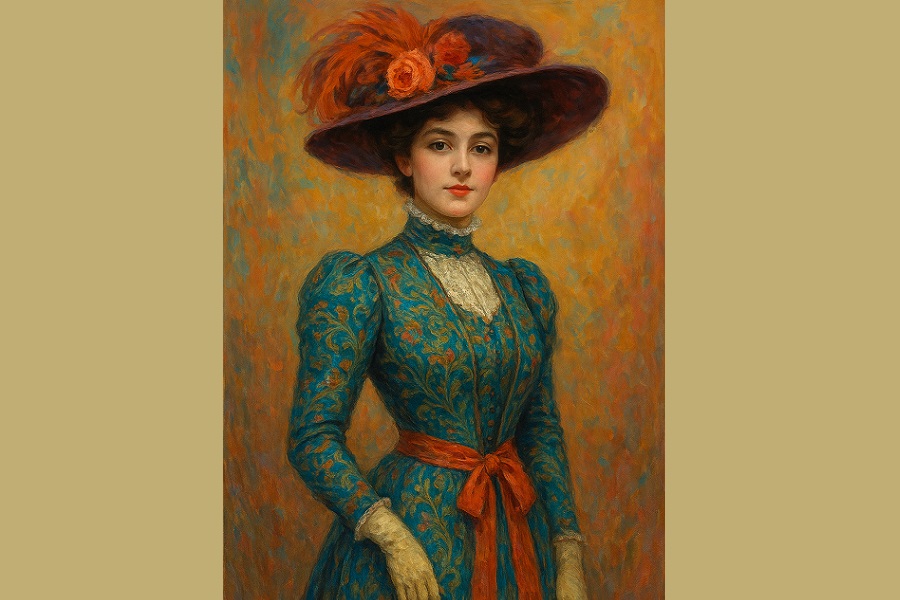
The Edwardian era, spanning from 1901 to 1910 during the reign of King Edward VII, marked a transformative period in women's fashion. It was a time when style shifted from the rigid, heavily structured garments of the Victorian age to a more fluid, romantic, and graceful aesthetic. Edwardian women's fashion celebrated femininity, social sophistication, and the subtle emergence of modern sensibilities, laying the groundwork for the fashion revolutions to come.
The Signature Silhouette: The S-Curve
One of the most defining features of Edwardian women's fashion was the S-curve silhouette. This shape was achieved through corsetry that pushed the bust forward and the hips back, creating a sinuous, elegant posture:
Corsets were designed to mold the torso into this shape, often reinforced with steel boning and worn over chemises.
Bust enhancers and hip padding were used to exaggerate the curve.
Long, flowing skirts flared from the waist, often with gores or pleats to add volume and movement.
This silhouette emphasized a graceful, swan-like figure, moving away from the hourglass shape of the previous century.
Daywear: Practical Elegance
As women became more active in public life, their clothing adapted to reflect both style and mobility:
Shirtwaists (blouses) were popular, often made of cotton or silk with lace, embroidery, and high collars.
Walking suits featured tailored jackets and matching skirts, ideal for outings and travel.
Tea gowns offered a relaxed yet refined option for home entertaining, often made of soft fabrics like muslin or chiffon.
These garments balanced beauty with function, allowing women to navigate a changing social landscape with poise.
Eveningwear: Opulence and Romance
For formal occasions, Edwardian women embraced luxurious materials and intricate detailing:
Evening gowns were crafted from silk, satin, and velvet, adorned with lace, beads, and sequins.
Trains and layered skirts added drama, while low necklines and short sleeves revealed more skin than in previous eras.
Opera cloaks, feathered fans, and jeweled accessories completed the look, emphasizing glamour and sophistication.
The evening wardrobe was a showcase of wealth and taste, often reflecting the latest Parisian trends.
Accessories: Symbols of Status
Accessories played a crucial role in Edwardian fashion, often signaling social standing and personal style:
Hats were wide-brimmed and extravagantly decorated with feathers, flowers, ribbons, and even taxidermy birds.
Gloves were worn at all times in public, ranging from wrist-length for day to elbow-length for evening.
Parasols, handbags, and jewelry—especially pearls and Art Nouveau designs—added elegance and utility.
These finishing touches were essential to completing the Edwardian ensemble.
Fabrics and Colors
Edwardian fashion favored light, breathable fabrics and a soft, romantic color palette:
Cotton, linen, and silk were commonly used, often layered for texture and volume.
Pastel shades, ivory, and white dominated summer wear, symbolizing purity and affluence.
Darker hues like navy, burgundy, and forest green appeared in winter and evening attire.
The choice of fabric and color was often dictated by season, occasion, and social class.
Social Influence and Changing Roles
Edwardian fashion mirrored the evolving roles of women in society. As they gained more visibility in education, work, and leisure, their clothing reflected this shift:
Tailored garments allowed for greater mobility and independence.
The rise of department stores and ready-to-wear fashion made stylish clothing more accessible to the middle class.
Suffragette fashion emerged toward the end of the era, with simpler, more functional designs that reflected political activism.
Fashion became not just a reflection of beauty, but a statement of identity and progress.
Edwardian women's fashion remains a symbol of timeless elegance and societal transformation. It was a period where clothing told stories—of aspiration, refinement, and the dawn of a new age. Whether through the sweeping lines of a tea gown or the bold feathers of a hat, Edwardian style continues to captivate and inspire.




